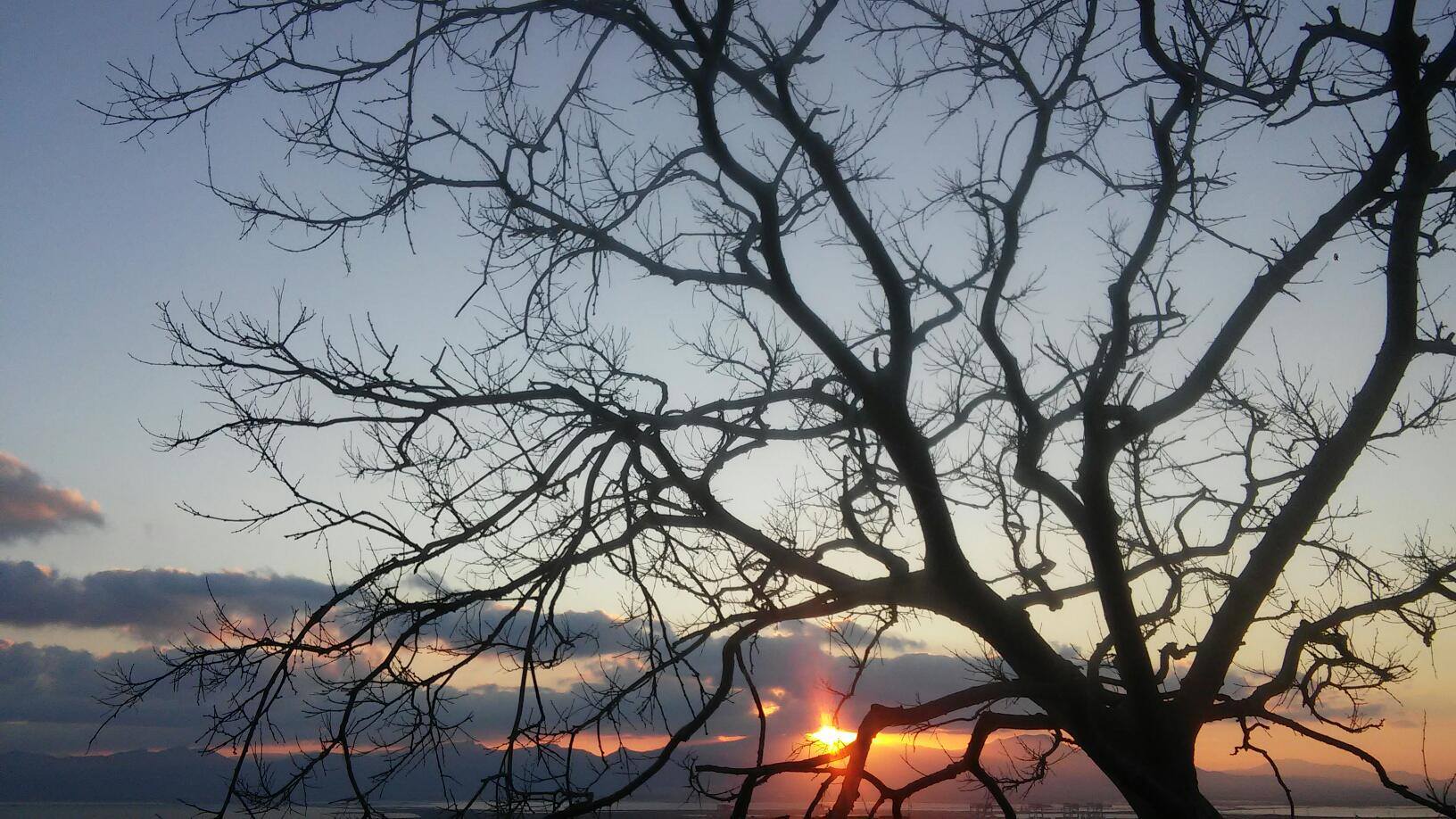Inside the Codex Atlanticus by Leonardo Da Vinci (written between 1478-1518 and preserved at the Ambrosian Library in Milan) there is a vast quantity of written materials and drawings made by Leonardo himself. Inside the Codex Atlanticus, so-called because of the paper through which it is made (the same one used at the time for geographic atlases), there are arguments of various kinds, ranging from mechanics to anatomy, from astronomy to botany, from chemistry to geography, from mathematics to architecture, up to even flying birds. In all, we speak of 1750 drawings, of which perhaps one has gone with lost time; others have been detached and are kept in other locations.
You can read Leonardo Da Vinci’s Codex Atlanticus by clicking here: it is a digital version loaded online with the possibility of enlarging each of the pages composing the code.
Leonardo da Vinci and the camera obscura
Like others before him, including the astronomer William of Saint-Cloud and the physicist Gemma Frisus, Leonardo da Vinci was very familiar with the camera obscura and in the Codex Atlanticus he will describe how to make a camera obscura, it seems with the intention of using the camera obscura as a support to the design of buildings and landscapes: the camera obscura, in fact, rightly indicated as an ancient ancestor of the modern camera, by means of the hole applied on the wall, above which an adjustable lens was inserted, projected on the wall opposite the hole an image completely faithful to reality, made visible by the light coming from the hole.
This “reality projection” allowed to reproduce the external landscape with precision, copying it onto the hanging paper to which the drawing was consequently applied.

Leonardo’s hypotheses developed about the camera obscura
Through the camera obscura, Leonardo demonstrated how the reality of images was point-like; he even went so far as to hypothesize that a process similar to that achieved in the camera obscura occurred through the eye, such that the images arrived projected backward and hypothesizing their inversion by some procedure always within the human eye.
